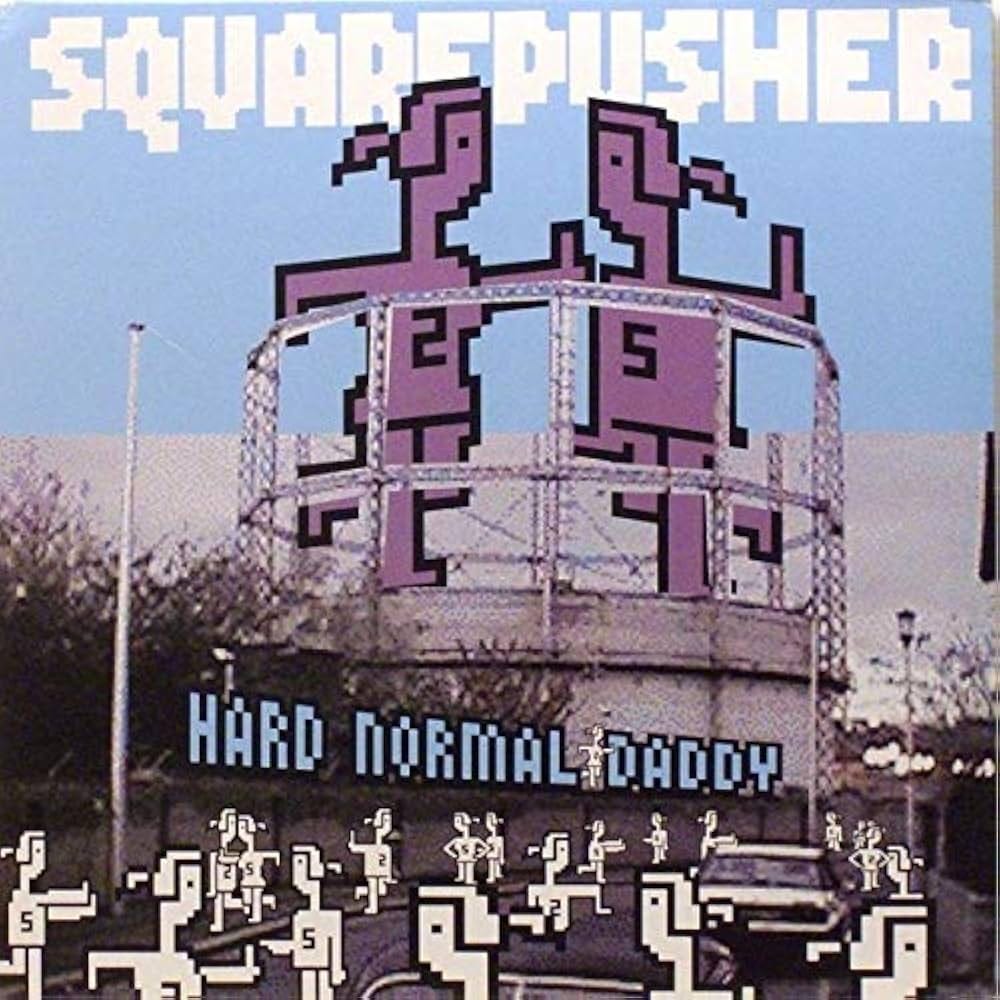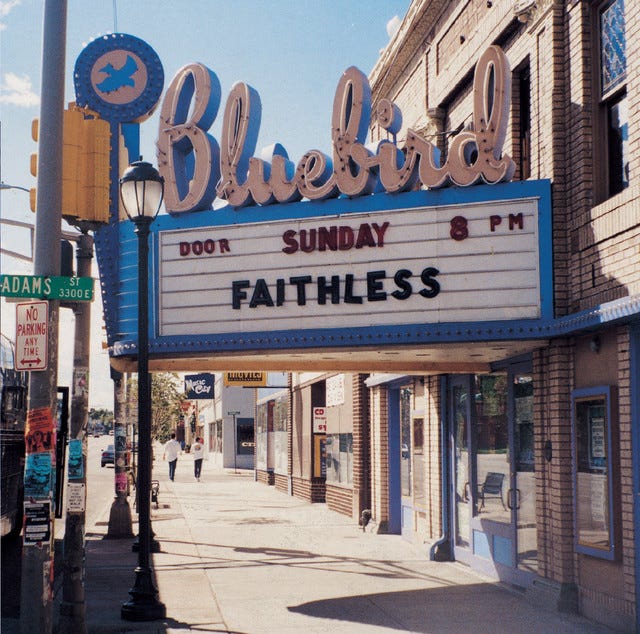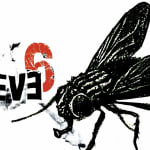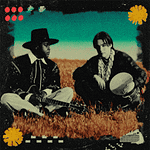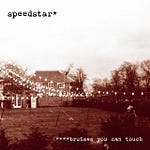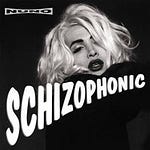It’s 1997. You're flipping through jewel cases at a local indie shop, the air smelling faintly of plastic wrap and cigarette smoke. The new Radiohead is playing overhead. Someone’s arguing about The Prodigy at the counter. Between the racks of post-grunge holdouts and Britpop imports, a warped bassline crackles through a listening station. You lean in. It's erratic. It's jazzy. It's a little unhinged.
It’s Hard Normal Daddy. And it doesn’t care if you're ready.
Back then, electronic music was having a moment—and not just in the clubs. Trainspotting had a soundtrack. MTV was sneaking Aphex Twin videos onto late-night slots. Suddenly, kids with laptops and crates of jazz records were reinventing what music could sound like.
Among them, a wiry British bassist with a fondness for mayhem: Tom Jenkinson, aka Squarepusher.
“He was kind of like, you know what? I'm going to put more of me into this instead of making it about the limitations you have on your ears,” said guest Patrick Testa.
Hard Normal Daddy, Squarepusher’s second LP and Warp Records debut, doesn’t settle. It spirals. Drums skitter at impossible speeds. Basslines pop with the confidence of a seasoned funk veteran. And behind it all, a sense of unrestrained play—the thrill of pushing ideas until they wobble at the edges.
Not Built for Radio, Built for the Brave
These aren't songs in the traditional sense. There are no vocal hooks to hum, no obvious singles to lift. Instead, the album moves like a high-speed chase through unfamiliar terrain—at times exhilarating, occasionally disorienting, always in motion.
“It sounds like a computer’s playing it,” Tim Minneci observed, “but then you hear like an upright bass in E8 Boogie and you’re like… that could be Larry Graham. That could be Bootsy Collins, maybe on speed.”
The interplay is part of the appeal. Jenkinson is constantly toying with tension—between the live and the programmed, the melodic and the mechanical. Just when you settle into a groove, it vanishes. Another idea crashes in, demanding your attention.
“It’s not really repetitive,” J Dziak noted. “Quite the opposite. You don’t know what’s going to happen from one section to the next.”
Between Shaft and the Circuit Board
The references come quick once your ears adjust. The opener, Cooper’s World, has the vintage detective-flick strut of a ‘70s cop movie. Papalon brings a touch of lounge elegance, thanks to Fender Rhodes textures and smoky jazz chords. And then there are moments—dozens of them—where the drums sound less like percussion and more like power tools.
“When you hear the drums just go,” Patrick added, mimicking a rapid-fire fill, “it sounds like a drill. That’s literally what they were saying. It’s so fast, it’s not a drummer anymore—it’s a tool.”
That’s the thing with Hard Normal Daddy. It doesn’t just blur genres. It gleefully ignores them. Jazz, funk, ambient, jungle—it’s all just source material to be bent, glitched, and sculpted into something twitchy and alive.
And yet, for all its density, the record breathes. There’s elegance in the chaos, a cinematic flair woven into even the most frantic arrangements.
A Dinner Table Debate, a Sonic Challenge
For all its artistic ambition, Hard Normal Daddy isn’t always easy listening. Its length—just over an hour—can feel excessive. And the relentless complexity? Not everyone’s cup of tea.
“It’s a lot of information,” J admitted. “I was really hungry for the bass and drums to lock in more. Sometimes I just needed a groove to hang onto.”
Tim found a different way in—by letting go. “I’d put it on, hit the repeat album button, and let it live in the room,” he said. “It became the soundtrack for the day.”
Even Patrick, who brought the album to the table, conceded its polarizing nature. “When you try to play experimental stuff in the middle of a set to get people’s booties moving,” he laughed, “you definitely always have a couple of people who get it—and a room full of confused dancers.”
Still Strange, Still Essential
Squarepusher hasn’t stopped. As of 2024, he’s up to sixteen studio albums and still twisting the genre in new directions. But Hard Normal Daddy remains a standout—a snapshot of a moment when electronic music wasn’t just evolving, it was mutating in real-time.
It’s messy. It’s beautiful. It’s maddeningly clever.
And like the best records of the era, it rewards anyone willing to dive in headfirst.
Want to hear more stories, and analysis? Tune into the full podcast episode.
Faithless - Sunday 8PM | 90s Rock Revisited
In the late 90s electronic music was gaining mainstream attention. One of the pivotal acts within the revolution was Faithless, a London-based group that emerged in 1995. Their blend of trip-hop, house, and downtempo created a unique sound that reflected the eclecticism of the era.
#319: Electronica in the 90s Roundtable
Remember Electronica? Well we do, and we’re not quite sure what it was, so we’re hosting a roundtable discussion this week to talk about the explosion of electronic music that hit MTV, radio, Billboard and more in the late 90s. To help us figure out what it means, we’ve got a pair of guests, returning regular






